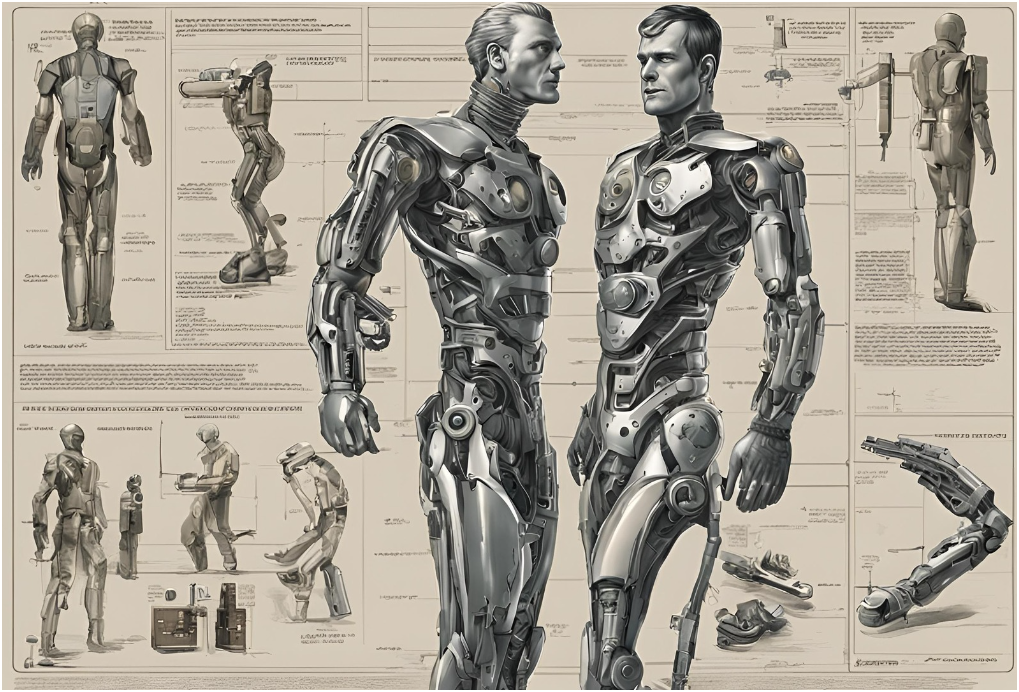Science fiction has long captivated our imaginations with visions of futuristic technologies, including bionics—enhancements that blend biology with electronics. From literature to film, these depictions have not only entertained but also inspired real-world innovation, pushing the boundaries of what is possible in the realm of bionic prosthetics and human augmentation.
Early Visions in Science Fiction
The concept of bionics can be traced back to early science fiction literature. Authors like Isaac Asimov, Philip K. Dick, and Arthur C. Clarke envisioned worlds where humans could augment their bodies with advanced technologies. Perhaps most iconic is "The Six Million Dollar Man," a television series in the 1970s that featured a protagonist with bionic implants, highlighting the potential for enhancing human abilities beyond natural limits.

Inspiration for Real-World Innovation
Science fiction has often served as a catalyst for real-world innovation in bionics. The development of prosthetic limbs, for instance, has been influenced by the prosthetics depicted in fiction. Early prototypes and designs were inspired by the imaginative technologies seen in movies and books, driving researchers and engineers to explore new possibilities in merging biology with electronics.
Advancements in Bionic Prosthetics
Today, bionic prosthetics have evolved from rudimentary designs to sophisticated devices that mimic natural movements and sensations. Companies like Össur and Touch Bionics have pioneered advancements such as myoelectric control systems, which allow users to control prosthetic limbs through muscle signals. These innovations not only restore lost functionality but also enhance quality of life for amputees, offering increased mobility and independence.
From Fiction to Reality: Neural Interfaces and Beyond
Recent developments in neural interfaces have brought science fiction closer to reality. Brain-computer interfaces (BCIs) enable direct communication between the brain and external devices, paving the way for advanced prosthetics that can be controlled intuitively. Research in this area holds promise for restoring sensory feedback and creating seamless interactions between humans and machines.
Ethical and Societal Considerations
While the potential benefits of bionics are immense, they also raise ethical and societal questions. Issues such as accessibility, affordability, and the implications of human augmentation on identity and equality must be carefully considered as technology continues to advance. Balancing innovation with ethical responsibility remains crucial in shaping the future of bionics.
Looking Ahead: The Future of Bionics
As science fiction continues to inspire and inform technological progress, the future of bionics holds exciting possibilities. Advances in materials science, artificial intelligence, and biotechnology are poised to transform bionics into even more sophisticated and integrated systems. The journey from science fiction to reality is ongoing, promising a future where bionics not only restore but also enhance human capabilities in ways once only imagined.
Conclusion
Science fiction has played a pivotal role in shaping our fascination with bionics and has contributed to real-world advancements that improve lives. As we continue to explore the intersection of biology and technology, the legacy of science fiction in driving innovation serves as a reminder of the power of imagination and creativity in shaping our technological future.